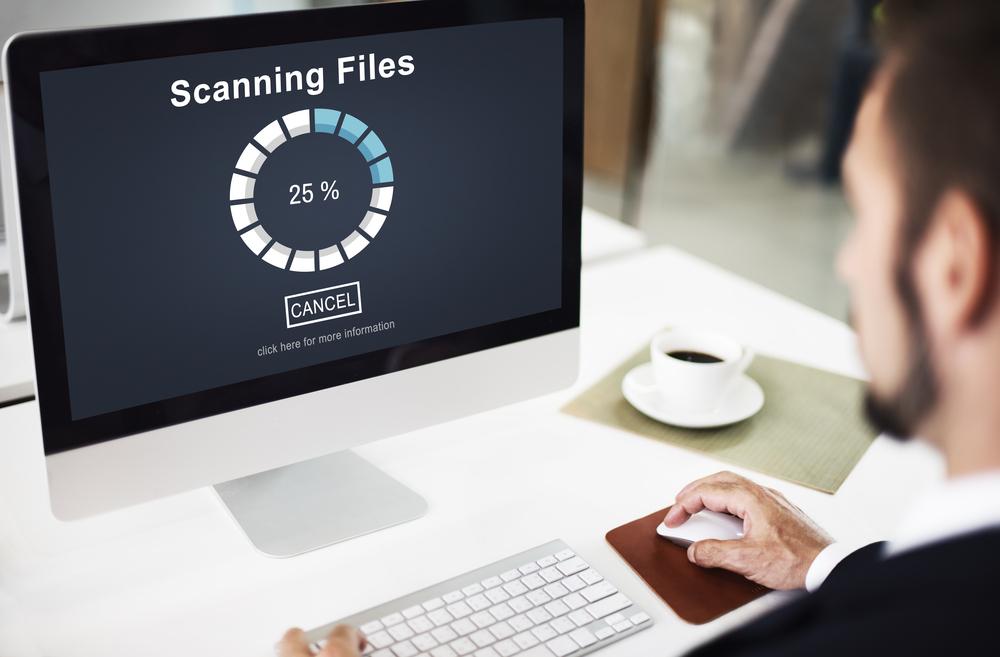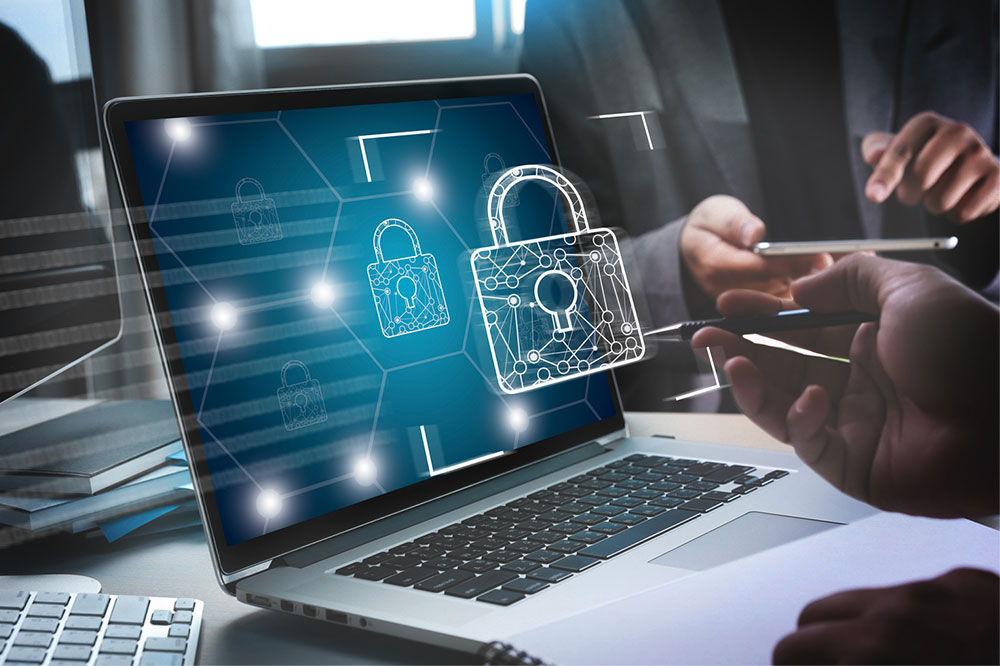Comprehensive Strategies to Protect Your Computer from Cyber Threats
Protect your computer from cyber threats with essential security practices. Learn how regular updates, firewall use, malware scanners, and cautious email habits can defend against malware, hacking, and data theft. Stay ahead of cybercriminals with proactive measures to safeguard your sensitive information effectively.

Comprehensive Strategies to Protect Your Computer from Cyber Threats
In today’s digital age, using a computer is integral to personal, educational, and professional activities. However, with increasing dependence on technology comes the heightened risk of cyber threats such as data breaches, malware infections, ransomware attacks, and unauthorized access. Protecting your computer from these evolving threats is not just advisable but essential for safeguarding sensitive information, financial data, and personal privacy. Implementing effective and continuous security measures is paramount to maintaining a secure digital environment and preventing potential security breaches that could have serious consequences.
To ensure your system remains resilient against sophisticated cyber threats, consider adopting the following comprehensive security practices. These measures are designed to enhance your defense mechanism proactively and reduce vulnerabilities that hackers often exploit:
● Regularly update your operating system and software
● Keep your firewall enabled and properly configured
● Use the latest version of your web browser
● Install reputable malware and antivirus detection tools
● Exercise caution with email links and attachments
● Backup data frequently and securely
● Employ strong, unique passwords combined with two-factor authentication
● Stay informed about current cybersecurity threats
Prioritize Regular Operating System and Software Updates
One of the most common security lapses is neglecting to update software. Hackers frequently take advantage of known vulnerabilities in outdated systems to infiltrate devices. Ensuring your operating system, browsers, and key applications are up-to-date is vital for security. Most modern operating systems support automatic updates, making it easier to stay current with the latest security patches and improvements. Regular updates close loopholes and strengthen your system against emerging threats.
Maintain Continuous Firewall Protection
Your computer’s firewall acts as a barrier between your device and the internet, monitoring and controlling incoming and outgoing network traffic based on security rules. Always keep your firewall enabled and correctly configured. You can verify its status within your system settings, typically indicated by a checkmark or status icon. An active firewall is fundamental in preventing unauthorized access and preventing malware from communicating with malicious servers.
Use Updated, Secure Web Browsers
Web browsers are prime targets for cyberattacks, especially through malicious websites and phishing schemes. Maintaining the latest version of your browser ensures you benefit from improved security features and patched vulnerabilities. Modern browsers also have built-in protections against deceptive sites and malicious downloads, considerably reducing the risk of infection while browsing the internet.
Install Advanced Malware and Antivirus Detection Tools
While antivirus software provides a baseline level of protection, integrating specialized malware detection tools can further bolster your defenses. These tools scan for and eliminate various types of malicious software that traditional antiviruses might miss. There are numerous trusted free and paid options designed to detect ransomware, spyware, and rootkits, ensuring comprehensive protection for your sensitive data and digital activities.
Exercise Caution with Email Links and Attachments
Phishing attacks remain a leading method for cybercriminals to compromise systems. Always scrutinize emails from unknown sources before opening links or attachments. Avoid clicking on suspicious links, especially if the sender’s identity is uncertain. Verify the sender’s email address and watch for irregularities or misspellings. By maintaining vigilance, you can prevent malware infections, identity theft, and unauthorized data access.
Additional Recommended Security Practices
Beyond these primary steps, consider routinely backing up your data to secure locations, such as external drives or cloud storage, to prevent data loss from ransomware or hardware failure. Use strong passwords combining uppercase and lowercase letters, numbers, and special characters, and enable two-factor authentication on critical accounts for added security. Staying informed about current cybersecurity trends and threats also empowers you to adapt your defenses proactively.
In summary, safeguarding your computer involves a multi-layered approach that includes regular updates, robust firewall and malware protection, cautious online behavior, and proactive data management strategies. By incorporating these best practices into your routine, you can significantly reduce your risk of falling victim to cyber threats, ensuring your digital life remains private, safe, and protected.
Implementing comprehensive cybersecurity measures is essential for both personal and professional digital security. Regular updates, vigilant online behaviors, and proactive defenses help prevent cyberattacks and protect critical data from malicious actors. Staying informed and practicing good cyber hygiene is the key to maintaining a resilient digital environment in an increasingly connected world.





